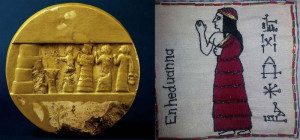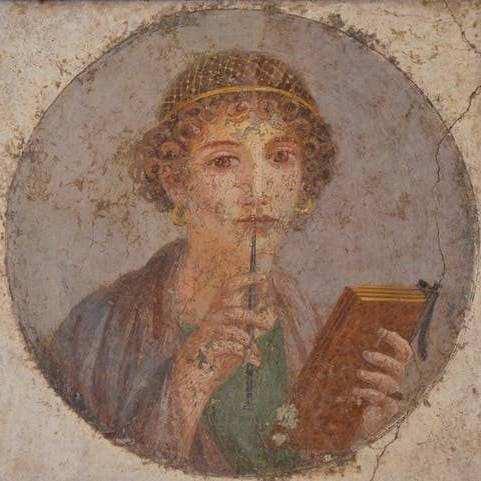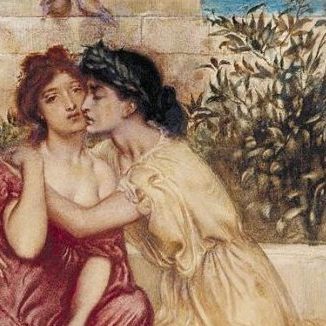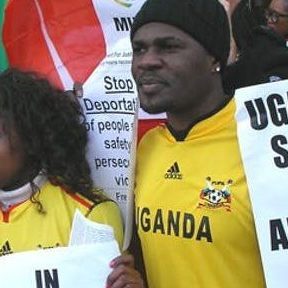
Well, Enheduanna fancied a goddess, but still
Ask the majority of people who the first lesbian or bisexual female poet was, and they will undoubtedly say “Sappho”. But 17 centuries prior to Sappho’s contribution to the literary world, lived a High Priestess named Enheduanna, in the area now known as Iraq.
Her poems to the goddess Inanna leave the reader in no doubt as to Enheduanna’s delight in the female form. Enheduanna was also the first person in recorded history to sign her name to her work, as well as the first to write in the first person. She wrote her name at the end of her 42nd and final temple poem, commissioned by her father, the king, to honour local gods and goddesses. “The person who bound this tablet together is Enheduanna,” she wrote. “My king, something never before created. Did I not give birth to it?”**
Enheduanna’s love for Inanna was mostly expressed in three long poems (as well as a shorter temple poem): Inanna and Ebih, Lady of Largest Heart, and The Exaltation of Inanna were these three longer works, in which her real depth of feeling is expressed. In the final of these three poems, Enheduanna writes: “Bride of yours. I am a captive”. The romantic nature of her desire for Inanna is undeniable. To such an extent, indeed, that she seems to overtly push aside her designated temple god, the moon-god Nanna, and tells Inanna “I have not said this of Nanna, I have said this of YOU!” following a paean to Inanna’s strength and beauty within The Exaltation of Inanna.
Inanna was the goddess of love, sex and war.
As a result, she is extremely polarized. In Lady of Largest Heart, she is at one moment “[spitting] venom” and the next “[spreading] radiance over the land.” Enheduanna seems an equally strong female character, possibly bored of the multitude of gods and goddesses merely presiding over land, celestial bodies, river water and other things divorced from raw human emotion. In Inanna she saw someone she could identify with, someone she could love. Inanna may not have been “real” in the traditional atheistic (or indeed aesthetic) sense of the word, but Enheduanna’s love for her was nevertheless a true and pure expression of romantic and sexual love for another woman.
Enheduanna even seemingly discusses trans issues in her work. “To turn a man into woman, woman into man, are your Inanna,” she insists in Lady of Largest Heart. She also says that “The women adorn their right side with men’s clothing,” and “The men adorn their left side with women’s clothing” in honour of Inanna. Archaeologists have found gender-ambiguous engravings aplenty from the area and period in which Enheduanna lived. Most people assume that acceptance of LGBT people is linear progress, but there is plenty of evidence that it has taken retrograde steps.
And when we discuss human progress, conversation in the Western world almost automatically goes to Greece and Rome. The East is largely ignored. But it created writing, it created mathematics, it created the wheel… And it produced this spectacular poet that as LGBT folk we should be celebrating and spreading the word about. Enheduanna’s love for Inanna was a pivotal moment in the documentation of LGBT history.
Charlotte Dingle is currently working on a Creative Writing PhD about Enheduanna.
** All translations courtesy of Betty De Shong Meador, author of Inanna, Lady of Largest Heart (2000, University of Texas Press).



